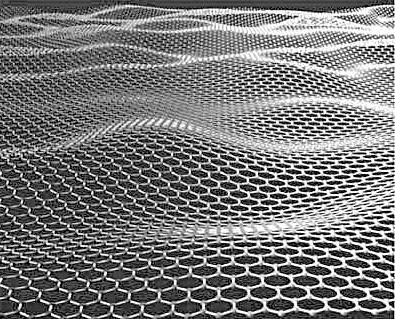Nano-Packaging Technology Will Become The Ultimate Line Of Anti-Bacterial Food
Recently, the 2017 Annual Meeting of the Food Science and Technology Society was held in Las Vegas. Hongda Chen, Head of the US Department of Agriculture's National Project on Bioengineering and Nanotechnology, participated in the discussion on nanotechnology and packaging. He said: "should make full use of nanotechnology to protect food safety, quality, sensory and health."
Dr. Chen said that for the application of nanotechnology in the food industry, the US Department of Agriculture's National Food and Agriculture Institute in the past few years has invested more than 100 million US dollars. The origins of nanotechnology can be traced back to a speech by Richard Feynman (a theoretical physicist, who won the Nobel Prize) in 1959. Dr. Chen pointed out that packaging is the stage of nanotechnology industrialization. Packaging has multiple roles, including sealing, protection, preservation, marketing, communication and convenience.
"Our goal is smart packaging." Examples of nanotechnology applications in packaging include: reducing moisture absorption, antimicrobial coatings, time and temperature indicators (the range of temperatures that can be tolerated on the basis of freshness and shelf life). He highlighted the food safety of nanotechnology, using risk exposure time as a risk criterion. Compounds which have been used for nanoparticles include gold, silver, zinc oxide, iron oxide, titanium dioxide and silica. In recent decades, this technology has been widely used internationally.
Dr. Chen mentioned New Zealand's research on the safety of nanotechnology, and there is no evidence that nano-packaging can lead to health risks. He pointed out that another study showed that the number of particles migrated to the food by nano-packaging was much lower than the legal limit. "We should make full use of nanotechnology to ensure food safety, quality, sensory and health," he said.
After Mr. Chen's speech, Tony Jin, Food Technology Specialist, US Department of Agriculture, showed the latest developments in non-heat treatment and packaging technology units. He pointed out that from raw materials to the table, there will be multiple steps on the road leading to pollution. Microbial contamination usually begins on the surface of food. Dr. Jin pointed out that a lot of food on the microbes are not lethal, antibacterial packaging is the "final defense."
The use of nanotechnology includes coating food, food packaging or coating. Some edible substances can carry nanoparticles, including pectin, cellulose and gelatin. Zinc oxide is one of the viable materials of this technology, and zinc oxide meets the generally accepted safety certification (GRAS) and has been shown to kill E. coli and Salmonella. Magnesium oxide is also a viable material. But Dr. Jin admitted that there is still some concern about this technology.
However, he entirely hope "Nanotechnology food packaging can extend food shelf life and reduce food waste," he said. "This could affect many aspects of food processing and food packaging."
